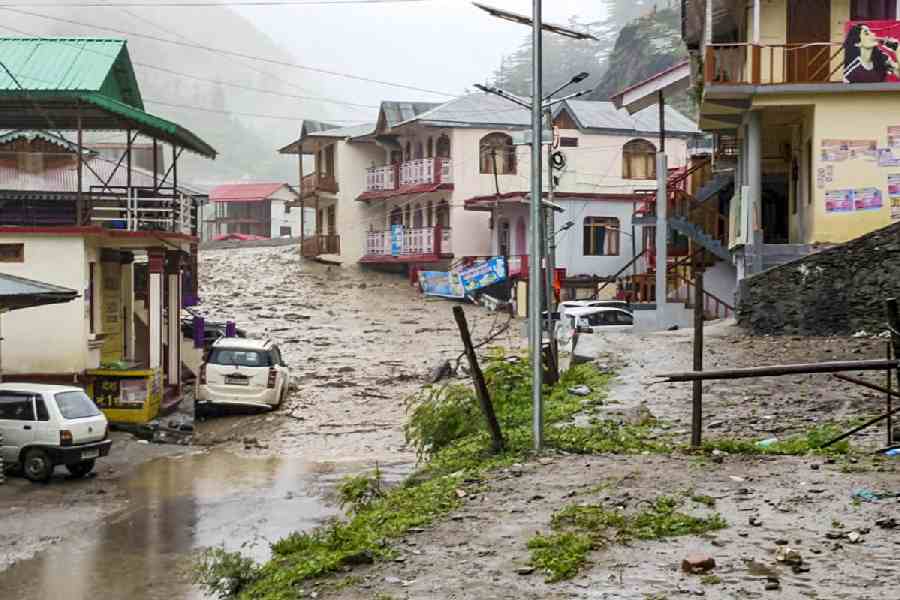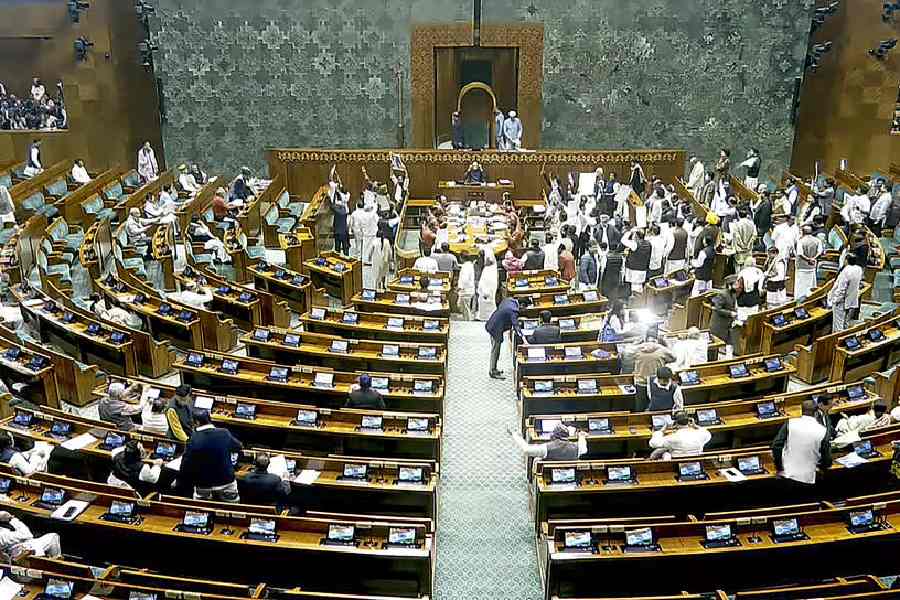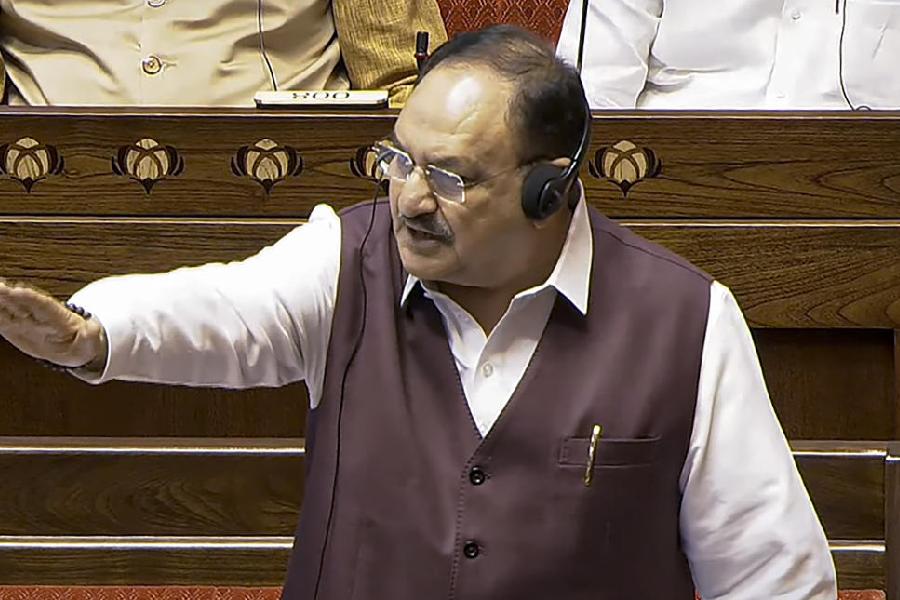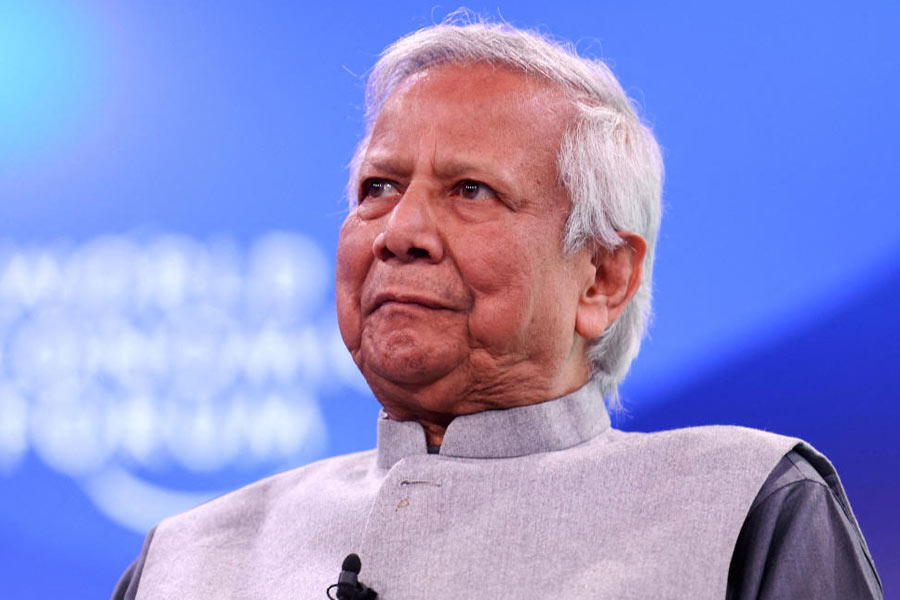 |
| The cover of Baruah’s book. A Telegraph picture |
Guwahati, Nov. 4: Want to know why tea produced in Dibrugarh district tastes better than the Cachar variety? Or the reason why the British had introduced a different currency for plantation workers?
If the answer is yes, browse through Pradip Baruah’s The Tea Industry of Assam: Origin and Development, scheduled to hit bookstores just before the first International Tea Convention.
Manufacturers and buyers of tea from around the world will converge on Guwahati for the convention, slated for November 22 to 24, and the publishers are convinced this is the appropriate time to tell the tea story.
Baruah, a scientist at the Tocklai Tea Research Station in Jorhat, has come up with a comprehensive book that focuses on the little known facts about the world’s favourite morning brew and what goes into its making.
What makes Baruah’s book different from tomes that preceded it are some curious facts that he has dug out from the dusty pages of the industry’s history.
For instance, did you know that British tea planters had issued special coins that were circulated among labourers to confine them to the gardens?
As Baruah explains, this was meant to enable estate workers to do all their buying and selling within the perimeters of the gardens. Every garden, the book states, had or still has a store where commodities of daily use are available.
Another little known fact that finds its way into the book concerns the discovery of tea in Assam. Although Robert Bruce is credited with discovering tea in these parts, the erstwhile East India Company gave equal credit to two British soldiers, Charles Alexander Bruce and Lt Charlton.
The two military officers, posted in Assam in the 1830s, had sent samples of tea bushes to the Agricultural and Horticultural Society in Calcutta at different points of time to identify the plant. Charles was Robert’s sibling.
Baruah’s book explains that agro-climatic conditions are responsible for variations in the taste of teas from estates in Cachar and Dibrugarh.
The 350-page book, with over 100 photographs, is the first to delve deep into the state’s tea industry, analysing its history, production, development, marketing and labour dynamics.
It took the tea scientist, who is now serving as the advisory officer of the Tea Research Association (TRA) at Nagrakata in West Bengal, 15 years of research to complete the book. It helped that Baruah had access to documents that are part of the tea industry’s classified archives.
“It took me so long to complete this book because it is based on authentic research on not only the scientific aspects but also the industry’s history, marketing and labour policies and its contribution to Assam’s economy,” Baruah said.
The TRA director, Mridul Hazarika, said Baruah’s credentials were impeccable, having worked with the industry for so many years. “He is thorough in his research and knows the industry inside-out.”
Fiction writer Arup Kumar Dutta published Cha Garam: The Tea Story, a book that deals with the history of the beverage from a global perspective, over a decade ago.
Baruah said his was an analytical study of the tea industry of only Assam since its inception, based on research about the period from 1823 to 2006.
He said the book was likely to benefit not only research scholars, but also tea buyers around the world who were interested in Assam’s tea sector.











